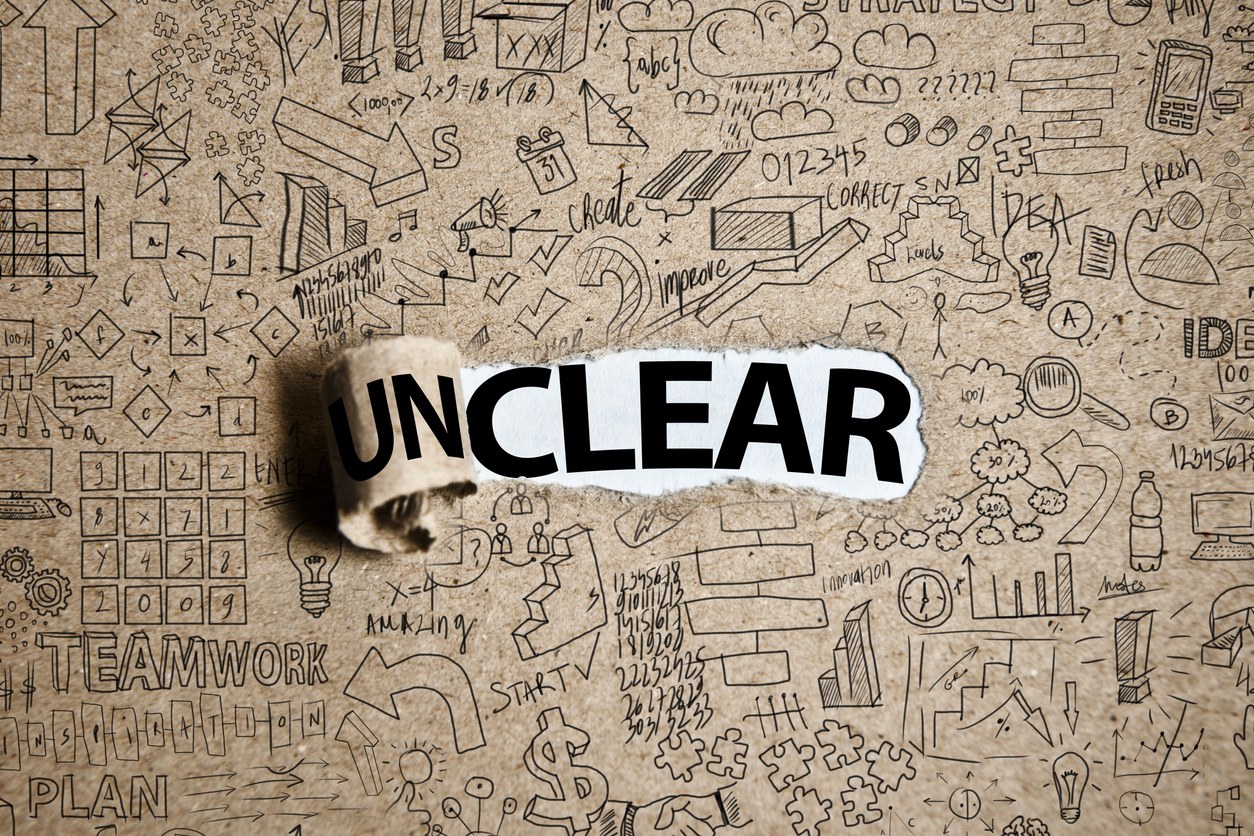Most people never report a property damage claim to an insurance company and for the ones that do report a claim; it may be only one in their lifetime. As such, many insureds make critical mistakes after a loss that insurance carriers will use to deny legitimate claims. Today, I want to discuss preserving the evidence or the “smoking gun.”
Typically, it is the insured’s burden to establish that a loss occurred.1 As such, when a loss occurs, the insured should preserve the evidence that caused the damage. A common example is a water loss resulting from a failed plumbing supply line. Many insureds throw away the portion of the supply line that failed. An insurer may not hesitate to deny that claim arguing that it has been prejudiced because it cannot investigate the cause of the damage. Even if the carrier can see the damages and interview the insured and the remediation company, it often denies the claim if it cannot physically inspect the failed part. Some carriers will even go as far as accusing the insured of fraud or concealment.
You may ask yourself why an insured would throw out this “smoking gun” if the insured truly suffered a fortuitous loss. The answer is often simple, “I did not think about it,” or “no one asked to see it, so I threw it away.”
After a loss, every insured should contact a remediation company to comply with the insured’s contractual obligation to mitigate the damages. The insured needs to take photographs of the loss, including the source of the damage. If a specific part has failed, keep it and present it to the carrier during its inspection. If you follow these simple steps, you will satisfy the burden to establish a loss occurred and it will be the carrier’s burden to establish whether or not an exclusionary provision applies.
//www.youtube.com/embed/2gQEDwjhaDE
1 Harbor House Condo Ass’n v. Mass. Bay Ins. Co., 703 F. Supp 1313 (7th Cir. 1988) (Construing Illinois law).



